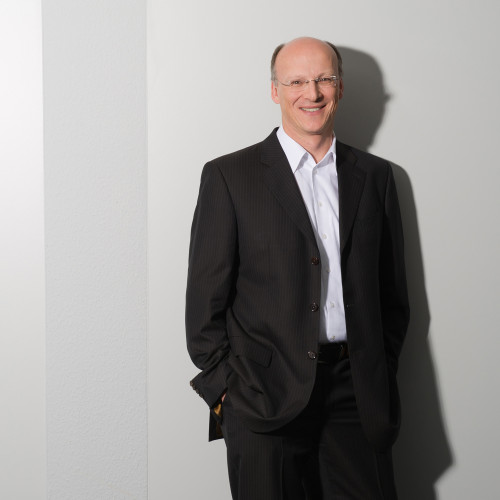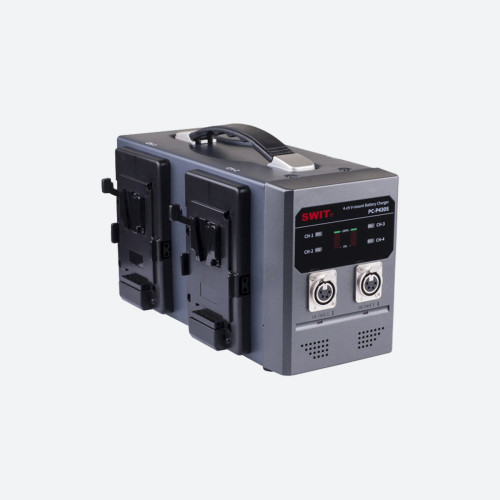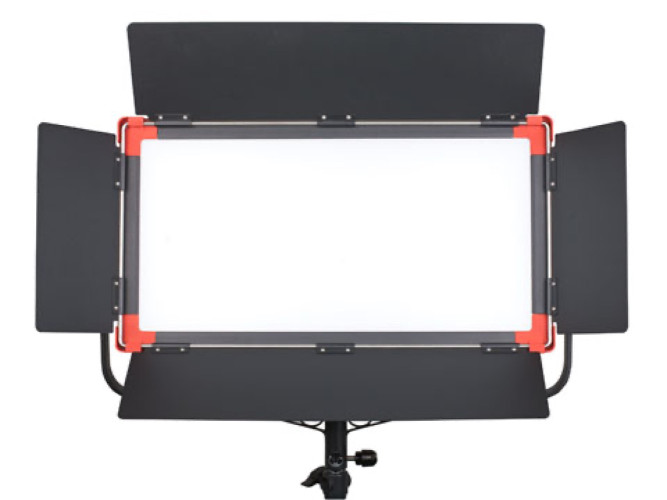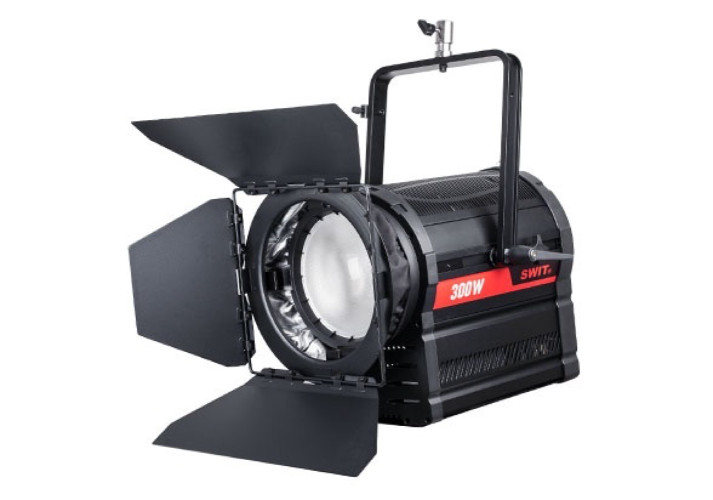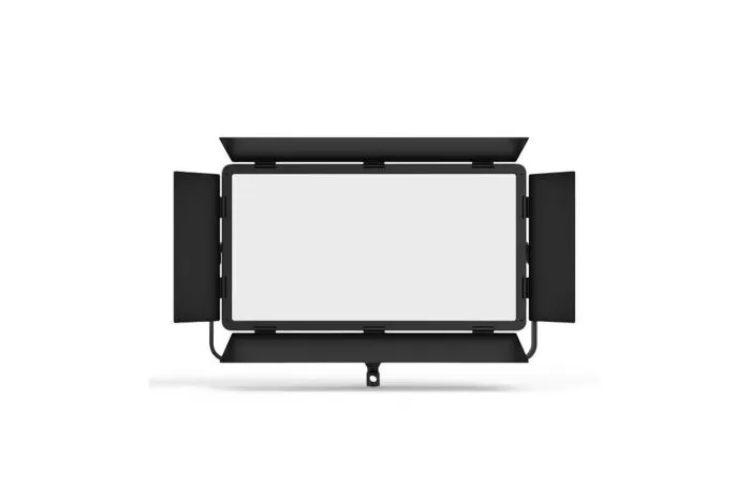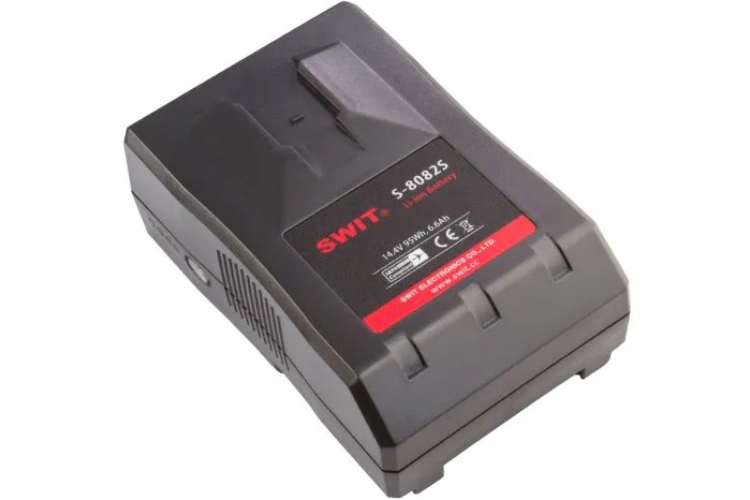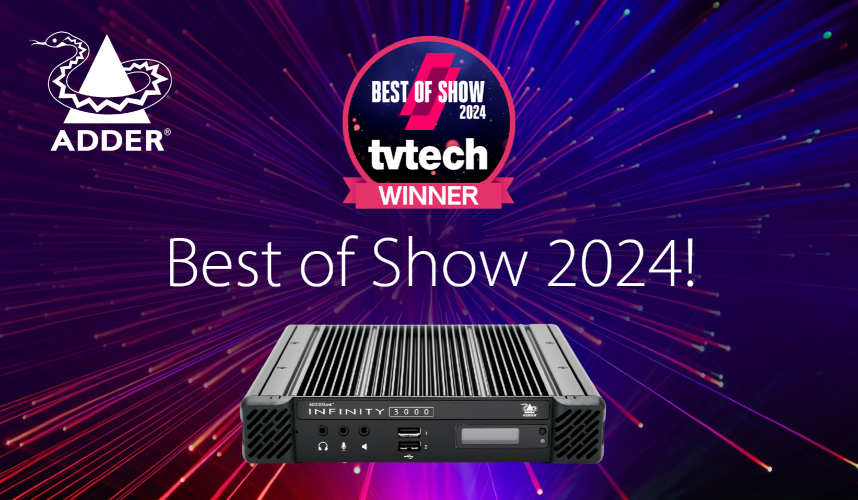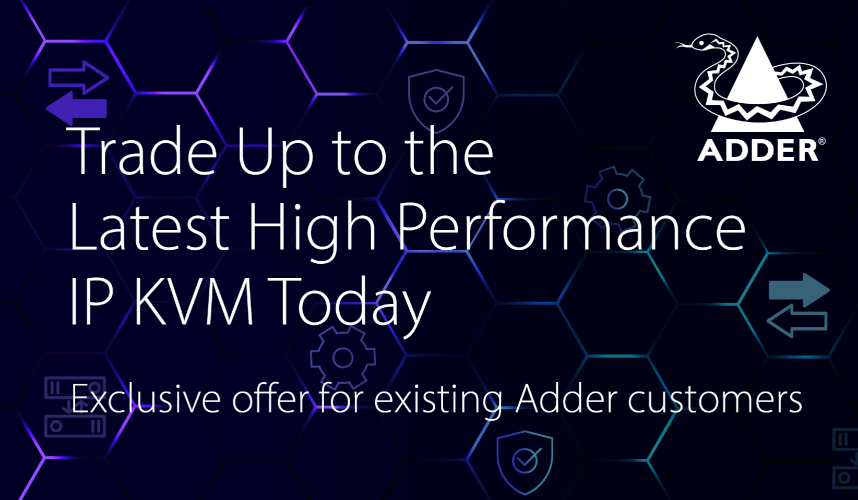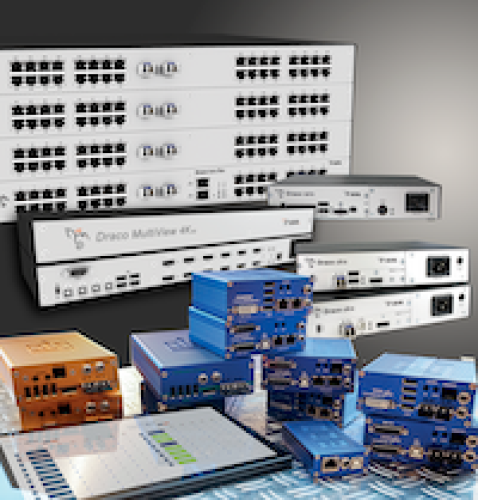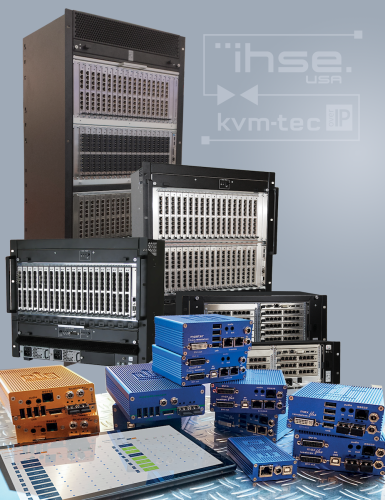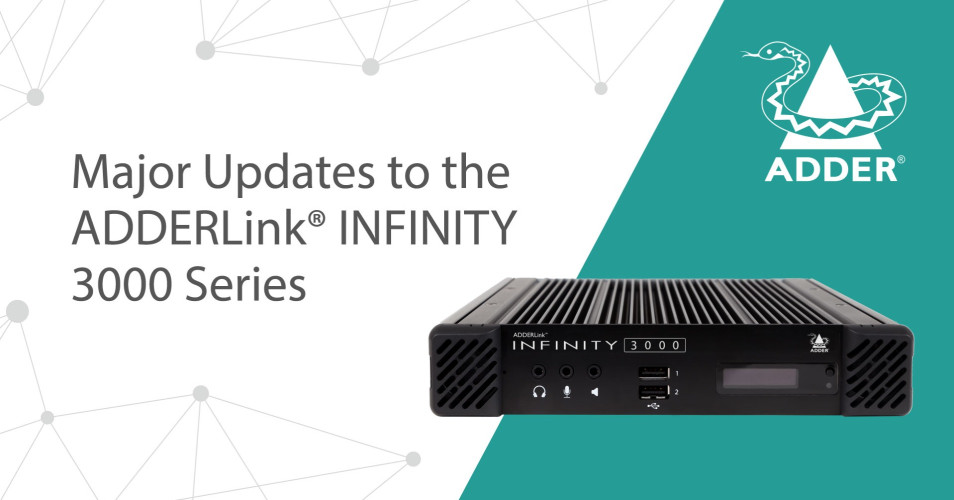by Enno Littmann Issue 92 - August 2014
How successful has exhibiting at IBC been in the past?
IBC 2014 marks the fifth successive year that IHSE has exhibited at the exhibition. Each year since 2009 we have moved to a more prominent position, increased the size of the stand and generated greater levels of interest amongst visitors. Many of whom have not previously been aware of the relevance of KVM technology in the broadcast industry.
What is the background of IHSE?
IHSE is approaching its 30th year of operation. From our base near Lake Constance in Germany, we have grown to become a leading developer and manufacturer of advanced KVM extenders and switches that are used throughout the world. They have been used extensively across a range of industries, from utility control rooms to government and military command centres, commercial enterprises and air traffi c control towers; to name a few. It is only more recently that the techniques and technology in broadcast have become aligned with our products.
Why KVM in broadcast?
In recent years, the broadcast industry has experienced a major shift toward fi le-based video strategies for content storage, post production and playout. This has resulted in an inevitable need to serve, manage and distribute fi les at all stages of the broadcast workfl ow.
At the same time, server storage capability and the power of video processing equipment have grown radically. In any broadcast environment, whether playout or production, the emphasis has always been on centralised content management and security; which is counter to the computer-industry norm of localised processing and storage.
KVM Matrix Switches provide the central switching capability that enables dynamic communication between remotely-located servers and user workstations They permit centralised, secure processing and storage with instant switching between sources and near-zero latency of signals.
Equally as important, the user workstation is divorced from the server: with a KVM switch, all users can have access to all source devices subject to administrator-assigned rights and access permission. This means that the user can access post-production servers, scheduling computers and other sources at their own terminal and can instantly switch between them.
How does a KVM switch compare with a video router?
You can think of a KVM switch as a parallel device to the main broadcast video router.
The KVM Matrix Switch dynamically connects individuals to computing processes through a matrix, in much the same way that a video router connects services to content in the broadcast transmission chain. It facilitates centralised content storage and application processing whilst allowing ‘local’ access by users. The user, sitting at their workstation (which is just a video screen, keyboard and mouse) can access and operate a remote computer, associated with a central fi le storage system. They are unaware of the switch and continue to work as though the computer was located right by their desk.
A KVM Matrix Switch can be easily integrated into the broadcast environment and controlled with the same broadcast system control software as the rest of the studio. So it can be seamlessly integrated into the workfl ow.
In which types of broadcast environment are KVM switches used?
KVM switches are used throughout the broadcast workfl ow.
In broadcast TV and radio studios workstations can be confi gured according to presenters’ and producers’ needs and can be instantly changed when the broadcast programme changes. So studios can be multi-purpose and not designated to specifi c tasks. There are several options to control the KVM Matrix Switch which gives fl exibility in integration: it can be integrated into a broadcast control software package, controlled over a network using the Draco tera tool, managed through its own OSD or integrated with a third party controller through a serial interface. All these types of control mechanism are regularly used, depending upon the installation requirements and whichever is the most appropriate.
In post production edit suites and cinema CGI studios assets can be held securely under normal version control procedures. While USB HID access is always available, content cannot be copied from the computer onto USB fl ash sticks if no USB 2.0 port is provided at the user workstation of course this can be added if the capability is required. Licences for editing tools and other systems can be shared amongst users rather than provided to each one; saving cost and increasing fl exibility.
In outside broadcast trucks, operators at individual positions can connect to all available PCs and servers, so devices can be accessed and controlled anywhere, leading to total fl exibility within the vehicle.
In studios and control rooms, computer images and multiviewer outputs can be transmitted to video screens and videowalls as needed and changed around instantly. This saves cost and creates exciting new opportunities for on-set displays as well as bringing a new level of fl exibility to the overall distribution of computer-format (DVI, HDMI, DisplayPort) video data.
What examples are there of KVM switches in action?
At BT Sport in London, which is probably the largest, most recent broadcast system integration, two interconnected 288-port Draco tera KVM switches connect editors, designers and production staff to banks of Avid editing machines, Omneon storage devices, EVS servers, Chryon production tools and the host of other essential broadcast components. They provide the required delay-free switching between sources and workstations to create an end-to-end tapeless workfl ow; offering immediate access to incoming feeds and stored content throughout 20 edit suites or on any of the 200 producer desktops.
The ARD group in Germany has standardised its radio studio operation throughout several major broadcast stations within the group, including HR and NDR, on IHSE KVM switches. Presenter and producer workstations in general purpose studios can be quickly reconfi gured to access the computer systems necessary for the programme being aired. These include dira! On-air playout, AVT touchscreen-based telephone management system, traffi c and news computers, jingle and sound byte players and workfl ow management.
One of Hollywood’s most prestigious post production facilities, Sonic Magic Studios, uses a Draco tera KVM switch to manage over 250 TBytes of storage with instant switching to several sound stages and edit suites, allowing editors to use any studio with the equipment they need.
Videohouse’s newest outside broadcast van, OB14, has an onboard 32-port Draco tera compact switch to allow each operator position access to any of the system control servers, character generators, rasterisers, EVS servers and SloMo devices by hotkey selection, whenever they need it, with zero latency and no switching delay.
Images on a 36-screen, on-set, video wall in the news broadcast studio at Pink, in Belgrade, are selected and transmitted from a16-output mutliviewer system by an 80- port Draco tera compact KVM switch, enabling producers to select the images to be shown on the screens to suit the news story being related. The images are also made available for display on to 10 x 55” and 16 x 46” videowalls in the News Control and MCR rooms.
At the ZDF studios in Mayence, Germany, live broadcast servers and editing equipment are accessed and controlled through a 288 port KVM matrix switch, enabling live program viewing and monitoring on single and dual-screen displays.
What sets IHSE apart?
Our philosophy is to create products that perform their tasks reliably and incorporate functionality that is required by users within each specifi c industry; features that are essential in all applications, none more so that broadcast.
The key is reliability the matrix itself is a device that needs to work continuously, without failure or interruption. And if any problems occur, it must react automatically and not interrupt the broadcast operations it supports. So we pay particular attention to the quality of build and features that ensure 24/7 operation: for example, should the main controlling processor fail, the switch will maintain operation with the current confi guration. The normal levels of dual and triple redundancy of components found in the broadcast industry, combined with redundant routes for critical connections using Linkloss auto detection and switching, provide safety and security that ensure broadcast studios are not taken off-air because of system failure.
Flexibility is highly important. The ability to easily add to a system or reconfi gure it is essential and one that is achieved through Flexport: a method that allows each port to be dynamically confi gured as an input or an output.
We develop our products through interaction with users and there are many examples, particularly in the broadcast sector, where features have been added after user request that are now considered invaluable.
What are your expectations for IBC2014?
Judging by the previous shows, it is likely to be bigger and better. We expect that more broadcast professionals will stop at the stand and investigate the opportunities that KVM offers to them, and the ways that it can be used to streamline their operations and assist them in running today’s modern broadcast studios and editing facilities.



